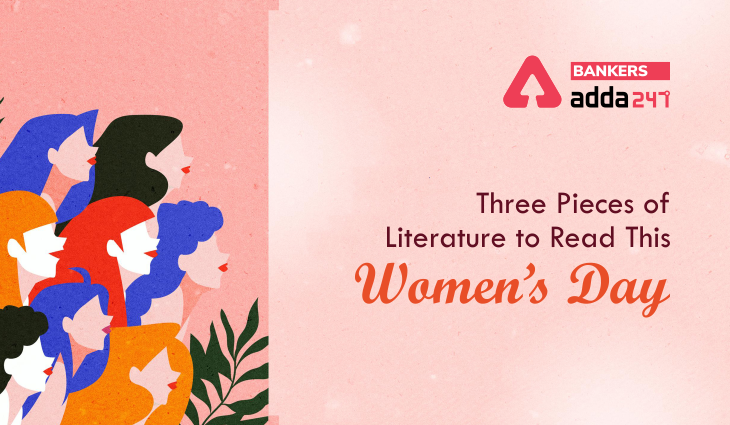- A Room of One’s Own by Virginia Woolf (An essay)
Virginia Woolf (1882–1941), one of the most groundbreaking writers of the 20th century, pieces together this essay which was originally a lecture that the author was invited to give to an all-women audience of a college. Woolf very eloquently puts across the message of how a woman requires a personal space (a room of her own) and financial security in order to be able to write and have creative freedom of her own. She goes on to address the young women in the audience and entrusts them with the task of continuing to tell the stories of women who, throughout history, did not get to tell them through their own mouths and artistic mediums.
- Still I Rise by Maya Angelou (Poem)
This poem stands the test of time as an answer by individuals who have suffered at the hands of any and all kinds of oppressive forces in their lives. Talking about how the winds of adversity won’t bring her down no matter how severe the pressure of prejudice becomes; this poem resonates with women all around the world as a celebration of womanhood. With this poem being one of her greatest works, Angelou solidified her position as an inspiration to female writers and African-American writers around the globe.
“You may shoot me with your words,
You may cut me with your eyes,
You may kill me with your hatefulness,
But still, like air, I’ll rise.”
- The Yellow Wallpaper by Charlotte Perkins Gilman (Short story)
Written in the form of a journal entry, this story portrays a woman’s descent into psychosis and how her spouse deals with his wife’s illness. Keeping her away from anything that helps her express her creativity, like writing or reading books, she is imprisoned in her lonely isolated bedroom with nothing to do and nobody to talk to. Soon enough she becomes obsessed with the dirty yellow wallpaper on the walls and starts hallucinating about how there are other women trying to break free from the wallpaper themselves as she starts identifying with them. This story successfully makes the reader aware of the attitudes in the 19th century toward women’s health, both physical and mental.



 GA Capsule for SBI Clerk Mains 2025, Dow...
GA Capsule for SBI Clerk Mains 2025, Dow...
 The Hindu Review October 2022: Download ...
The Hindu Review October 2022: Download ...
 Test Prime Subscription by Adda247
Test Prime Subscription by Adda247


